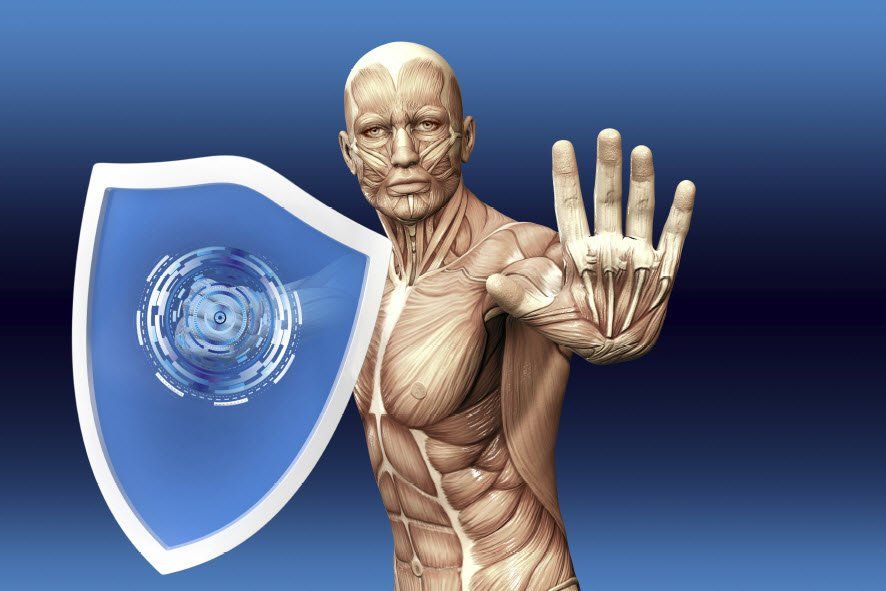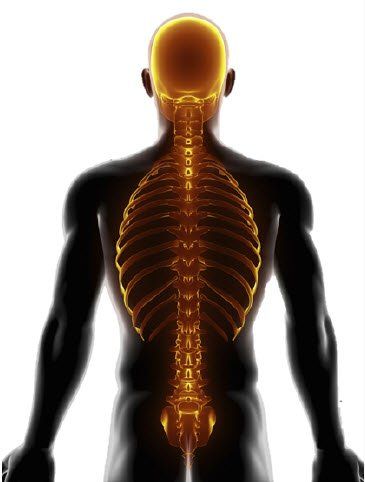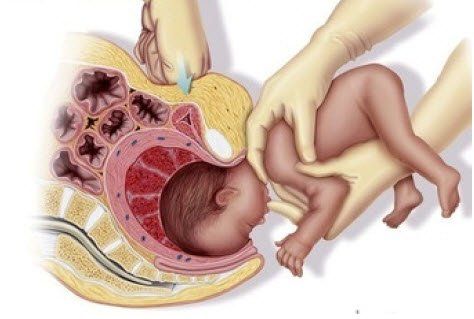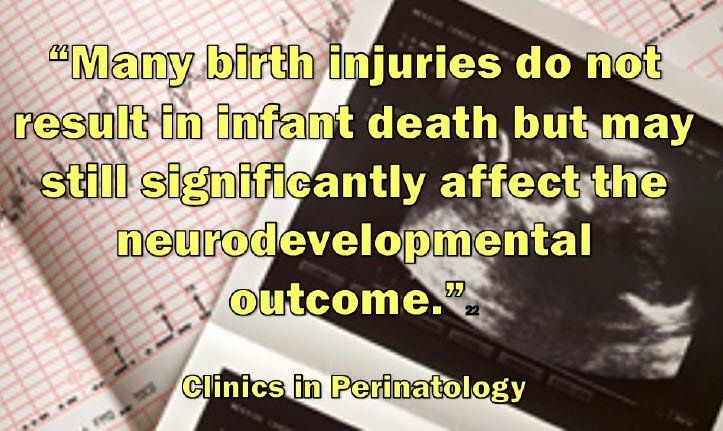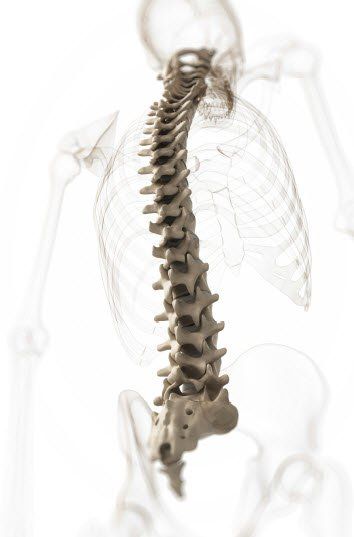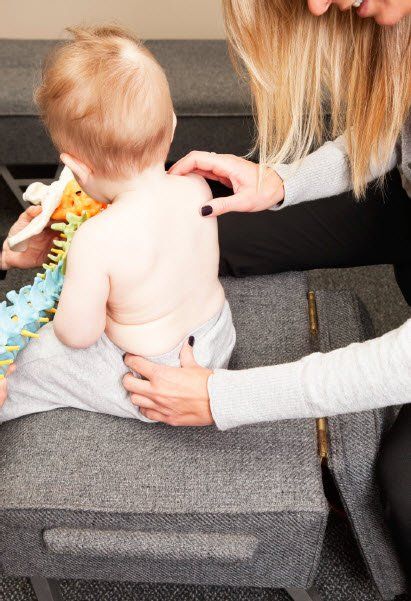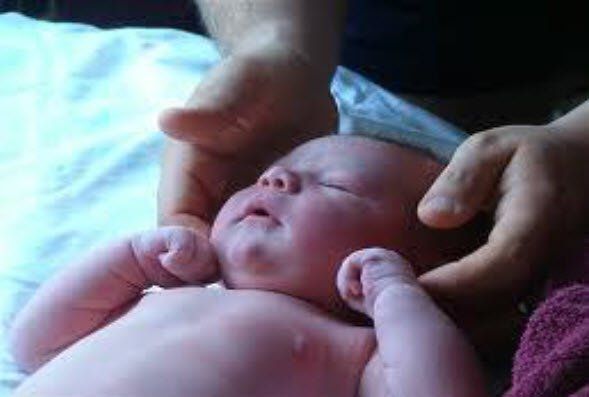For the first time in history, U.S children are sicker than the generation before them. They’re not just a little worse off, they are precipitously worse off physically, emotionally, educationally and developmentally.
Judy Converse, MPH, RD, LD
Why Do Pediatricians Deny The Obvious?
Why Emerging Infectious Diseases Are a Threat to America
At least 170,000 Americans die annually from newly emerging and re-emerging infectious diseases, a number that could increase dramatically during a severe flu pandemic or yet-unknown disease outbreak. Factors including globalization, increased antimicrobial (drug) resistance, and climate and weather changes are contributing to the increased threat.
TRUST FOR AMERICA’S HEALTH
Pressed by patients and advancing technology, health care will soon change its focus from treatment to enhancement, from repair to improvement, from diminished sickness to increased performance. The transformation has already begun. Accompanying this will be an increased emphasis on psychoimmunology, the science that deals with the mind's role in helping the immune system to fight disease, which will become a vitally important clinical field, perhaps the most important field in the 21st century.
NEWSWEEK
Strengthening the immune system of the entire family, starting with the children at birth, should be a top priority for all parents.
The immune system consists of the tonsils, adenoids, thymus, bone marrow, spleen, appendix, Peyer's patches, lymph nodes, and circulating white blood cells.
The job of the immune system is to protect and defend the body against infection from disease-producing microorganisms such as viruses, bacteria, fungi, and parasites that live in our environment.
Dr. Robert Ader, a psychologist at the University Of Rochester School Of Medicine, performed the key experiments to prove the brain-nervous system immunes system connection. The following summarizes the essential evidence of the connection between the brain, the nervous system, and the immune system:
- NERVE ENDINGS ARE FOUND IN THE TISSUES OF THE IMMUNE SYSTEM.
The central nervous system is linked to both the bone marrow and thymus, where immune system cells are produced and developed and to the spleen and lymph nodes, where those cells are stored.
- CHANGES IN THE CENTRAL NERVOUS SYSTEM ALTER IMMUNE RESPONSES AND TRIGGERING AN IMMUNE RESPONSE ALTERS CENTRAL NERVOUS SYSTEM ACTIVITY.
Researchers have found that inducing an immune response causes nerve cells in the hypothalamus to become more active and the brain cell activity peaks at precisely the same time that levels of antibodies are at their highest. The brain monitors
immunological changes closely.
- LYMPHOCYTES ARE CHEMICALLY RESPONSIVE TO HORMONES AND NEUROTRANSMITTERS.
Immune system cells have receptor-molecular structures on their surfaces that allow them to receive information from the nervous system and other parts of the immune system.
Nervous and Immune System Disorders Linked in a Variety of Diseases
Recent advances in understanding a variety of diseases reveal complex interactions between the nervous system and the immune system. Neurological complications are associated with a breakdown in normal immune system functioning. According to Edward Goetzl, of the University of California in San Francisco, "there was alway s a sense that the nervous system is involved in disease, so the idea of a link between the nervou s system and the immune system is not new."
SCIENCE
The nervous system controls the entire growth and development of the immune system. An infant's immune system is immature at birth; fortunately, a newborn carries passive immunity from the mother for the first several months of life.
“Through the process of developing and then conquering infection, the child gets rid of acquired toxins and poisons from the body and also gets a generous boost to the immune system.”
HEALING ARTS PRESS
“Whenever the immune system deals successfully with an infection, it emerges from the experience stronger and better able to confront similar threats in the future. Our immune system develops in combat. If, at the first sign of infection, you always jump in with antibiotics, you do not give the immune system a chance to grow stronger.”
ANDREW WEIL, M.D.
Antibiotics have become a popular weapon in the medical arsenal against disease. Although no one would argue with the appropriate use of antibiotics, there is a tremendous amount of research which clearly demonstrates that they have been overused, resulting in weaker immune systems and resistant bacteria.
Antibiotics Overused, Doctor Says
Doctors too often prescribe antibiotics, which can cost a lot of money and cause serious side effects when the medicines won't help. About 60% of people with colds received antibiotics, even though the pills would not kill or even slow the viruses that cause colds. Studies of children in day care showed that 54% of the youngsters with ear infections had a penicillin resistant form of the streptococcus that commonly causes children's ear infections. Sixty percent of children with ear infections had a form of resistance to at least one type of antibiotic.
Infections caused by resistant microorganisms often fail to respond to conventional treatment, resulting in prolonged illness and greater risk of death. About 440,000 new cases ofmultidrug-resistant tuberculosis (MDR-TB) emerge annually, causing at least 150,000 deaths.
But when vertebrae become misaligned, interference to the nerve impulses occurs — which reduces the overall functioning of the nervous system and of the particular organ to which it is assigned. These spinal misalignments are known as "vertebral subluxations."
Most investigators in the past, in pursuing the problem of birth injury of the central nervous system, have been preoccupied with pathological changes in the forebrain. It is evident, however, that for the newborn, elementary biological activity is not dependent on the presence and function of the cerebrum. Survival of the newborn is governed mainly by the integrity and function of the vital centers in the brain stem. Yet, paradoxically, the importance of injury at birth to the brain stem and spinal cord are matters which have generally escaped lasting attention. Regrettably, in many institutions in which autopsies of newborns are performed, examination of the spinal structures is not carried out routinely; spinal injuries are thus often overlooked.
ABRAHAM TOWBIN, M.D.
In a research article in Developmental Childhood Neurology, Dr. Byers stated that the recognized causative factors to injury during the birth process are traction, rotational stresses, and hyperextension of the fetal head. Recognition of these factors is the basis for prevention of this terrible accident.
“The earlier abnormal spinal function could be recognised and corrected in a child’s life, the greater the opportunity that child will have for neurological development.”
Dr. David Heilig
Over sixty percent of all neurological development occurs after birth in the child’s first year of life.This is why it is important for your child to get adjusted during the first year of their life.
“Subluxation alone is a rational reason for Chiropractic care throughout a lifetime from birth.”
LEE HADLEY, M.D.
Studies that have measured the effect of Chiropractic treatment on the immune system have showed that Chiropractic may influence T and B lymphocytes, NK (Natural Killer) cell numbers, antibody levels, phagocytic activity, and plasma beta endorphin levels.
A recent study by Dr. Ron Pero, a leading cancer and genetic research specialist, found that chiropractic patients of all ages had a 200% greater "immune competence" than people who had never received Chiropractic care and a 400% greater immune competence than people with serious diseases.
CONCLUSION
Doctors of Chiropractic have been correcting subluxations in patients for over one hundred years, which has resulted in the recovery of virtually every known health problem. It is important to remember that all healing is ultimately self-healing and that a Chiropractor simply removes the interference (subluxation) from the master control system of the body.



